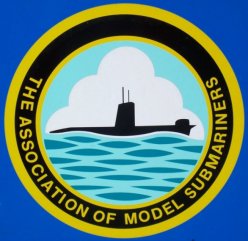 Hermann Sun Nov 27, 2011 6:41 pm
Hermann Sun Nov 27, 2011 6:41 pm
Hi John,
indeed sensorless designs of brushless DC motor controllers have improved. Nevertheless for myself I prefer a sensor design because of its ultimate performance at very low speed and clear torque development just from start. Even when stalled the torque will act right in the direction you want without any cogging. The behaviour is just equal to a brush motor. And the speed range varies continously from zero to full speed (1RPS, revolution per second, or even less is possible, whether it makes sense or not).
The control electronics for a sensor design is just simple, you only need pickup sensor decoding logic (can even be a wired hardware logic), a pulse width modulator for soeed variation and switching transistors for the stator coils (e.g. three MOSFET half bridges for the delta three phase stator system). I've built three different motors, the first in 1994, an axial flux (disc runner), 8 pole sensor controlled motor, a similar 6 pole motor of smaller size and the 14 pole motor of my class 212A model (the last in continous service since 2002). I must confess that this had been a lot of work (because the mechanics and the electronics are complete of own design and self made) but it was worth to do.
Kind regards
Hermann





» RC Drift Gyro for pitch control
» WW2 mini sub build
» sonar data link
» Robbe Seawolf V2
» ExpressLRS - 868/915 Mhz equipment
» Flight controllers as sub levelers
» 868/915 Mhz as a viable frequency for submarines.
» Microgyro pitch controller corrosion